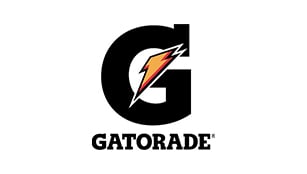Cycling 101: What type of rider are you?
New to cycling? Our Cycling 101 segment will help introduce you to the terms and tactics of road racing.
Have you ever wondered about the different types of rider who take part in a pro race? Certain races, and certain stages are better suited to different types of riders. The Santos Tour Down Under typically favours sprinters and all-rounders, as opposed to bonafide climbers.
Many of the terms for these riders originate in French, however we've included their commonly known English designation to help you out.
Rouleur (All-rounder)
Attacking riders who can push hard whatever the surface, whatever the elevation. These are riders who can serve any number of roles, but are especially useful as domestiques and ‘super domestiques’ or team captains (but not necessarily lead riders) – the riders who pull a lead rider to victory. Sometimes a Rouleur might be able to sustain an attack long enough to win the stage by themselves. – especially in classics.
In the Santos Tour Down Under, these riders might feature in place of a longer-distance GC rider (see below) or act as a super domestique (again, below).
Grimpeur (Climber)
Fitting that classic image of a light, skinny rider with a sizeable power-to-weight ratio, these riders are freaks who can climb to the highest points in world cycling with speed and an unbelievable capacity to inhale thin air at high altitude.
Puncheur (Puncher)
Fans of pro cycling might remember the impeccable performance of Julian Alaphillipe on Stage 10 of the Tour de France in 2018 where he aced a solo ride to victory through a challenging mix of rolling hills with sudden, steep ascents, and fast, often technical downhills. For Anglophones, these guys can really punch it out.
Sprinteurs (Sprinter)
It’s in the name. These guys have big, powerful legs and can kick it faster than any in the peloton. The Tour Down Under was notoriously a sprinters race – appealing greatly to an Australian audience that craves high-energy sport. There’s not much that matches a fast finish as the sprinteurs go wheel-to-wheel.
GC riders
This type of rider is often a bigger in height and weight than, say, a pure climber, affording them extra power and stamina when undertaking a time trial or sprint. GC (general classification) riders are usually the team’s nominated lead rider who is thrown in the mix to win grand tours, because they can hold onto the climbers and punch away near a finish.
Time triallists
These riders are superb going solo, in a skinsuit, with an aero helmet. Built for speed over a medium range with sufficient power to succeed on a flat and through climbs.
Domestique (servants)
These are often junior riders who are assigned the protector role for the team’s lead rider. That means shielding the leader from the wind, being organised into formation to deliver on team strategy for the day and working to bridge gaps to breakaways to ensure their man is the mix. Don’t expect a domestique to win – these are the guys who sacrifice themselves for the greater good.






























